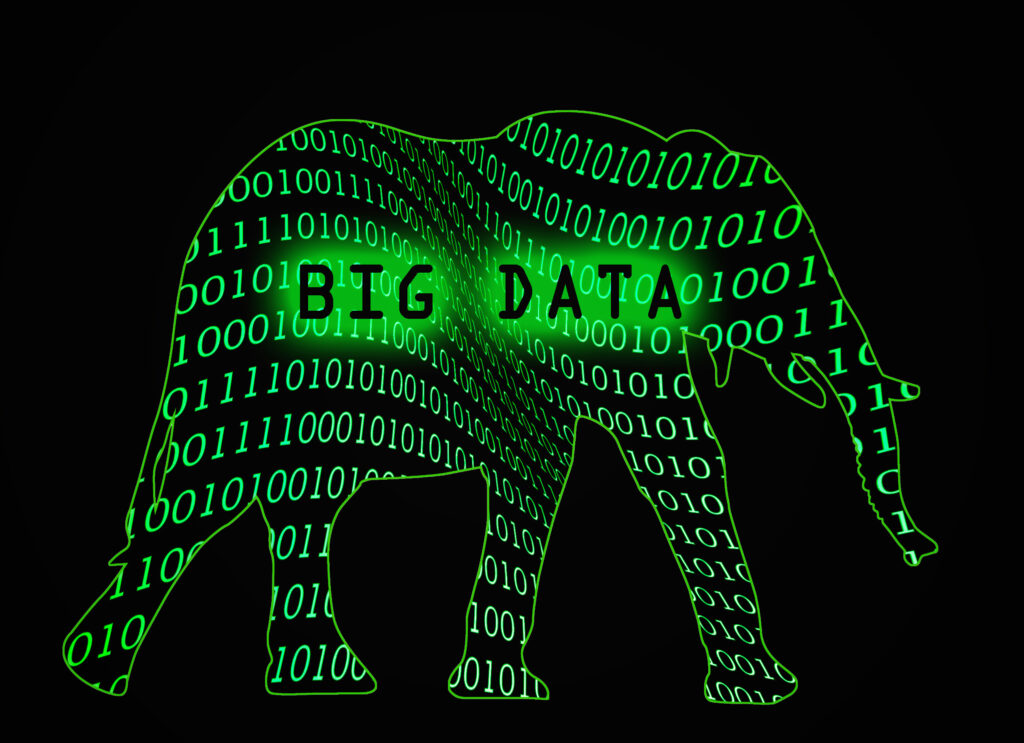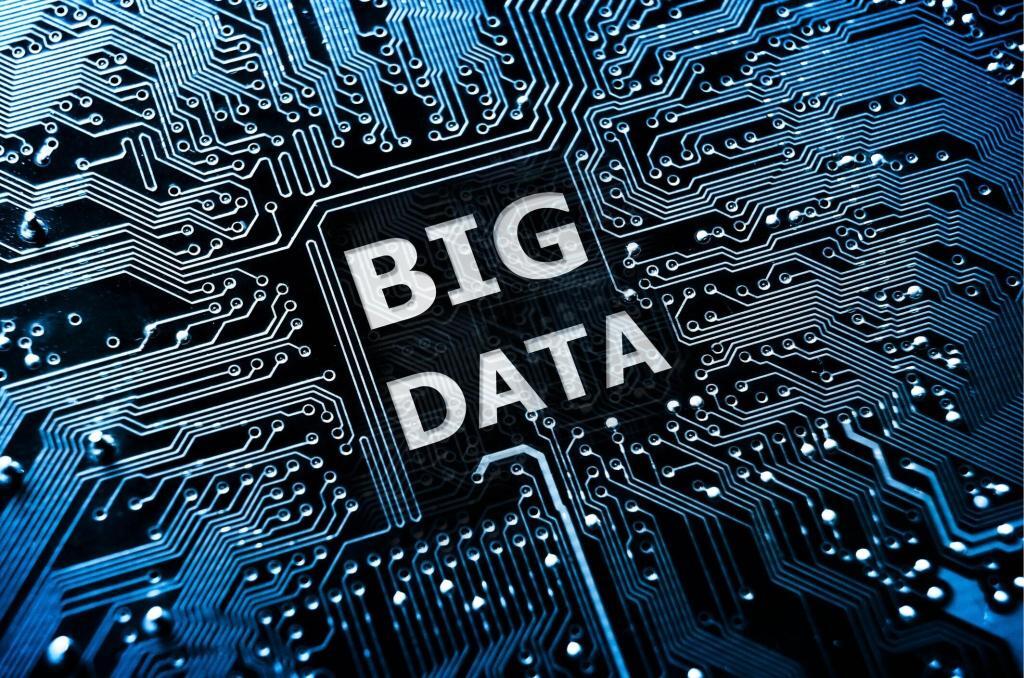As medical data moves to digital platforms, the healthcare sector faces growing threats from cyberattacks. With the increasing use of connected devices, electronic health records (EHRs), and telemedicine, cybersecurity in medicine has become paramount. This article explores the various cyber risks the healthcare sector encounters, the implications of cyberattacks on patient safety, and the strategies used to combat these threats. It also discusses the regulatory frameworks governing healthcare data security, the role of artificial intelligence in enhancing cybersecurity, and best practices for healthcare providers.
Introduction to Cybersecurity in Medicine
The digitisation of healthcare systems has revolutionised the field of cybersecurity in medicine, improving patient outcomes, efficiency, and access to care. However, with this increased reliance on technology comes a significant vulnerability: cyberattacks. Cybersecurity in medicine is now an essential aspect of protecting patient data, safeguarding medical devices, and ensuring the continuity of healthcare services. From ransomware attacks targeting hospitals to the hacking of medical devices, the healthcare sector faces unique and increasingly complex cyber risks.
The Growing Cybersecurity Threat in Healthcare
The healthcare sector is a prime target for cybercriminals for several reasons:
- Valuable Data: Electronic health records (EHRs) contain sensitive information such as personal identification details, medical histories, and financial data. This makes healthcare databases a lucrative target for cybercriminals, who can sell this information on the dark web for fraudulent purposes.
- Complex and Legacy Systems: Many healthcare organisations use outdated or poorly integrated systems that are vulnerable to cyberattacks. Legacy systems may lack the security features necessary to protect against modern threats.
- Increased Use of Internet-Connected Devices: Medical devices such as pacemakers, insulin pumps, and even MRI machines are increasingly connected to the internet. These devices can be hacked, potentially putting patient lives at risk.
- Human Error: Cybersecurity breaches often result from human error, such as employees clicking on phishing emails or using weak passwords. In the healthcare sector, staff may not be adequately trained in cybersecurity best practices, leaving organisations vulnerable.
Types of Cyberattacks in Healthcare
Several types of cyberattacks pose a threat to healthcare systems:
- Ransomware Attacks: Ransomware is one of the most common forms of cyberattacks in healthcare. In these attacks, hackers encrypt data and demand a ransom for its release. Hospitals have been crippled by ransomware attacks, leading to delays in care and, in some cases, patient harm.
- Data Breaches: Cybercriminals may target healthcare organisations to steal patient data, which can be used for identity theft, insurance fraud, or sold on the black market. Data breaches not only compromise patient privacy but can also damage the reputation of healthcare providers.
- Distributed Denial of Service (DDoS) Attacks: In a DDoS attack, hackers overwhelm a healthcare organisation’s servers with traffic, causing the system to shut down. This can disrupt hospital operations and prevent access to critical data.
- Insider Threats: Insider threats, whether malicious or accidental, pose a significant risk to healthcare cybersecurity. Employees with access to sensitive data may leak information or inadvertently introduce malware into the system.
Impacts of Cyberattacks on Healthcare
The consequences of a successful cyberattack on a healthcare organisation can be devastating. Some of the major impacts include:
- Patient Safety: Cyberattacks that target medical devices or hospital systems can directly affect patient safety. For example, a hacked insulin pump could deliver the wrong dosage of insulin, leading to life-threatening consequences. Similarly, a ransomware attack that locks a hospital out of its patient records can delay critical care.
- Financial Losses: The financial cost of a cyberattack can be significant. Healthcare organisations may face regulatory fines for failing to protect patient data, legal costs from lawsuits, and the expense of recovering from the attack. Additionally, paying ransoms to cybercriminals can lead to further financial strain.
- Reputation Damage: A data breach or cyberattack can damage the trust that patients and the public have in a healthcare organisation. Rebuilding this trust can be a long and costly process.
- Regulatory Consequences: Healthcare organisations are subject to stringent data protection regulations, such as the General Data Protection Regulation (GDPR) in Europe. A cyberattack can lead to regulatory investigations and hefty fines if the organisation is found to have neglected its cybersecurity responsibilities.
Regulatory Frameworks for Healthcare Cybersecurity
Healthcare organisations must comply with several regulations designed to protect patient data and ensure cybersecurity standards are met. Some of the most important regulatory frameworks include:
- GDPR (General Data Protection Regulation): GDPR is a comprehensive data protection regulation that applies to all organisations that process the personal data of individuals within the European Union. Healthcare organisations must ensure they have appropriate cybersecurity measures in place to protect patient data and avoid the heavy fines associated with GDPR non-compliance.
- HIPAA (Health Insurance Portability and Accountability Act): In the United States, HIPAA sets out strict guidelines for the protection of patient health information. Healthcare providers must implement measures such as encryption, access controls, and regular risk assessments to comply with HIPAA’s security standards.
- ISO 27001: This international standard provides a framework for information security management systems. Healthcare organisations can achieve ISO 27001 certification by demonstrating that they have implemented the necessary controls to manage and protect sensitive information.
- NHS Digital and Data Security Standards: In the UK, the National Health Service (NHS) provides its own set of cybersecurity guidelines for healthcare providers. These standards outline best practices for protecting patient data and ensuring the security of digital systems within the NHS.
The Role of Artificial Intelligence in Healthcare Cybersecurity
Artificial intelligence (AI) and machine learning (ML) are playing an increasingly important role in cybersecurity in medicine. These technologies can help healthcare organisations detect and respond to cyber threats more effectively by:
- Threat Detection: AI algorithms can analyse vast amounts of data in real-time to detect unusual patterns of behaviour that may indicate a cyberattack. This enables healthcare organisations to identify potential threats before they cause significant harm.
- Automated Response: Machine learning systems can be trained to automatically respond to certain types of cyber threats. For example, if an AI system detects malware, it can isolate the affected part of the network to prevent the infection from spreading.
- Predictive Analytics: AI can be used to predict future cyber threats by analysing historical data and identifying trends. This allows healthcare organisations to take a proactive approach to cybersecurity.
- Strengthening Vulnerabilities: AI can help identify vulnerabilities in healthcare systems, such as outdated software or weak access controls. By pinpointing these weaknesses, organisations can take steps to strengthen their defences.
Best Practices for Healthcare Cybersecurity
Healthcare organisations must adopt a proactive approach to cybersecurity to protect patient data and ensure the continuity of care. Some best practices include:
- Regular Risk Assessments: Healthcare organisations should conduct regular risk assessments to identify vulnerabilities and assess the effectiveness of their cybersecurity measures. This process should include evaluating both technical systems and human factors, such as staff training and awareness.
- Staff Training: Employees are often the weakest link in cybersecurity. Healthcare staff should receive regular training on how to recognise phishing attempts, use strong passwords, and follow security protocols. This can significantly reduce the risk of human error leading to a cyberattack.
- Data Encryption: Encrypting sensitive patient data is one of the most effective ways to protect it from cybercriminals. Encryption ensures that even if data is stolen, it cannot be read without the proper decryption key.
- Multi-Factor Authentication (MFA): Implementing MFA adds an extra layer of security to healthcare systems by requiring users to provide two or more forms of identification before accessing sensitive data. This can help prevent unauthorised access to medical records.
- Incident Response Plan: Healthcare organisations should have a robust incident response plan in place to ensure they can quickly and effectively respond to a cyberattack. This plan should include steps for containing the attack, notifying affected patients, and restoring normal operations.
- Collaboration and Information Sharing: Healthcare organisations can benefit from collaborating with other institutions and sharing information about cyber threats. This helps to build a collective defence against emerging threats.
Future Challenges in Healthcare Cybersecurity
As technology continues to evolve, so too will the cyber threats facing healthcare organisations. Some future challenges include:
- The Rise of Telemedicine: The COVID-19 pandemic accelerated the adoption of telemedicine, allowing patients to receive care remotely. While this has increased access to care, it has also introduced new cybersecurity risks. Healthcare providers must ensure that telemedicine platforms are secure and that patient data is protected during remote consultations. Additionally, services such as online medical certificates have become more common, further highlighting the need for robust digital security and verification processes.
- Increased Use of Wearables and IoT Devices: Wearable devices, such as fitness trackers and smartwatches, are becoming increasingly popular in healthcare. These devices collect vast amounts of health data, which must be securely stored and transmitted. As the number of connected devices grows, so does the potential attack surface for cybercriminals.
- Evolving Cyber Threats: Cybercriminals are constantly developing new methods of attack. Healthcare organisations must stay ahead of these evolving threats by regularly updating their security measures and investing in new technologies to protect patient data.
Conclusion
Cybersecurity in medicine is an increasingly critical issue as healthcare organisations continue to embrace digital technologies. Protecting patient data and healthcare systems from cyberattacks requires a multifaceted approach, including robust technical defences, employee training, and compliance with regulatory standards. As the healthcare sector continues to evolve, so too must its approach to cybersecurity, with emerging technologies such as AI playing an essential role in detecting and preventing future threats. Healthcare providers must remain vigilant and proactive to ensure the safety and privacy of their patients in the digital age.
Disclaimer
The information provided in this article is intended for general informational purposes only and does not constitute professional advice, medical guidance, or legal counsel. While every effort has been made to ensure the accuracy and reliability of the content at the time of publication, Open Medscience does not accept any liability for any loss or damage arising from the use of, or reliance on, the information contained herein. Readers are advised to consult appropriate professionals for specific guidance on cybersecurity, healthcare practices, or legal obligations. The views expressed in this article are those of the authors and do not necessarily reflect the official policy or position of Open Medscience or any affiliated organisations.




